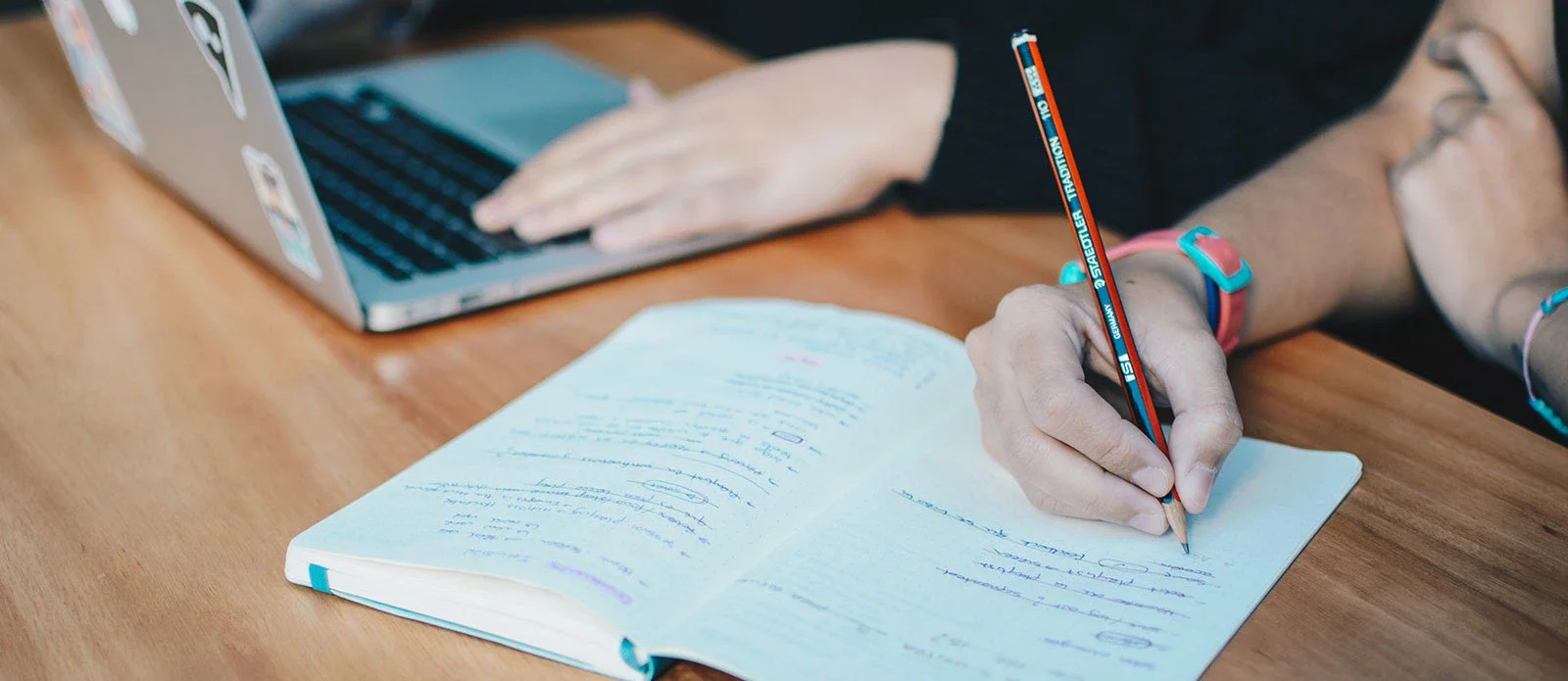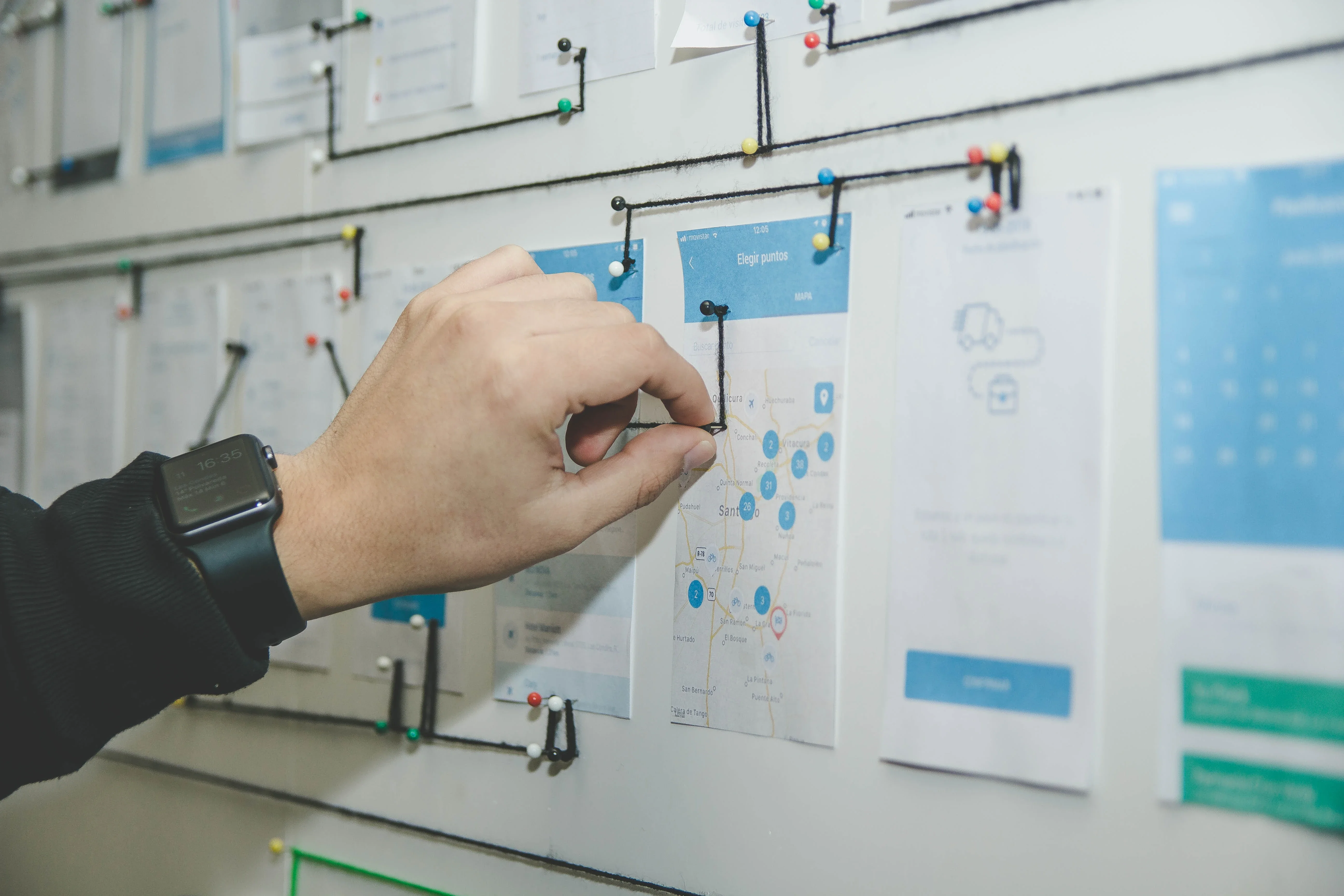How to convince your boss of usability tests
To truly understand human needs, behaviors and motivations, thorough user research is crucial. Usability testing is undoubtedly an essential part of this.
But what does that actually mean? Why should you care? And what should you consider?

What is a usability test?
Ease of use is defined as "simplicity of use". To be more precise, we can say that usability is the ease of access and use of an object. In the context of user experience, usability testing is defined as the evaluation of a product by testing it on potential users.
The only way to understand if something is easy to use is to get individuals to try it while observing their behavior and comments very carefully. To make a product truly user-centered, you need to involve users in the design and development process.
The advantages of usability tests
The earlier you identify problems in your product, the cheaper it is to fix them. User testing is based on behavioral observations to gain design insights. This research generates actionable insights to redesign or redesign your product. Take user testing seriously, it makes all the difference. The goal is to gather as much feedback as possible as early as possible.
In a usability test, you can do the following, among other things:
- Measure user satisfaction with your product.
- Determine whether users can perform certain tasks successfully.
- Determine how efficiently users can perform predefined tasks.
- Identify design changes that may be needed to address any shortcomings.
- Get useful feedback on how the product can be improved.
You will also gain objective and subjective insights such as:
- Does the product work effectively?
- Do users like using the product?
These insights provide valuable feedback that you can use to shape and improve your design. It's important to conduct more than just one set of usability tests. Ideally, testing should take place at several points in the development process, but at least
- after the creation of a clickable prototype
- once the final build is ready.

Challenges and costs to be considered
Some choose to forgo user testing for cost reasons, but investing in testing will save you money in the long run. Several factors can affect your overall budget. However, keep the following in mind when planning the research overview:
Recruitment
Consider how and where you recruit your participants. Large companies work with specialized testing labs to schedule participants as needed. They will take care of preparation, participant recruitment and billing.
You may choose to do this, but it costs time and money. Testing companies often have an existing participanterpool that can simplify and speed up the whole process.
User test lab
If you don't want to hire a company to do this, you will need to hire a lab or equipment to monitor and record the tests. Book a room where the test will take place and an adjacent (larger) room where the observers can sit. You will be surprised by the factors that can influence your test.
Experience has shown that large glass walls or windows are most likely to distract your participants. Make sure you avoid these. In addition, noise can greatly affect your test. Therefore, avoid unwanted noises if possible.
Time
The most important steps in usability testing take time: planning, conducting, analyzing and reporting.
- Planning and developing your test plan with objectives, tasks and metrics can take a few days to weeks, depending on the size of your test and the number of people involved in the project.
- There is no set session duration when conducting the test. However, we recommend keeping the time between 45 minutes and 1 hour so as not to lose the user's attention.
- Analyze and report. In our experience, once all the data has been collected, analyzing and summarizing the report is the longest phase. Assessing the success rate, evaluating user satisfaction and frustration, making recommendations, prioritizing the results in an easy-to-understand document is not easy.
Convince your bosses to invest in user tests
It's not always easy to decide on usability testing. How can you convince a manager or team member that it's worth the time and investment? Here's a combination of additional arguments to help you convince your bosses.
An objective framework through which product and design decisions can be made.
Instead of arguing about a specific feature or the position of a button, a test shifts the focus to what really matters to users. In this way, value is created when user feedback drives the design and product development process. Opinions can be put to the test and measured against objective data from user testing.
Rewarding the whole team
User testing doesn't just benefit the UX designer. There are potential benefits for everyone on the team:
- Usability and iteration insights for design
- Sales arguments for marketing
- Less rework and changes for development
- Validation of product ideas for entrepreneurs
User-centered design improves customer satisfaction and ROI
Products that focus on the user experience have been proven to increase customer satisfaction. According to Forbes, many large companies state that usability testing and user-centered design have taken their business to the next level. Jeff Bezos invested 100 times more in usability than advertising in Amazon's first year.
Amazon conducts ongoing A/B testing for all aspects of its user interfaces and continually updates and redesigns them based on the data. As of 2015, Amazon was the largest internet retailer in the world and the most valuable retailer in the US. So you could argue that Jeff Bezos' investment in UX has been a success in terms of both ROI and customer satisfaction.
Customize user goals and business goals
Usability testing will ultimately benefit the company as a whole. Aligning business and user goals is critical when defining your product vision and strategy. It adds value to the user, which in turn adds business value.
User testing optimizes, measures and implements both business and user goals.
User testing allows you to effectively allocate your resources to launch a successful product and continue to iterate in a way that your users love. It's about making sure something works, to find out how self-explanatory things are and whether a person with average skills or experience can handle it.
Conducting usability tests helps to put your users at the center: The most important goal of a product designer.
Testing - and usability testing in particular - is a critical part of the design process. Conduct it well; effective usability testing will save you money in the long run.



